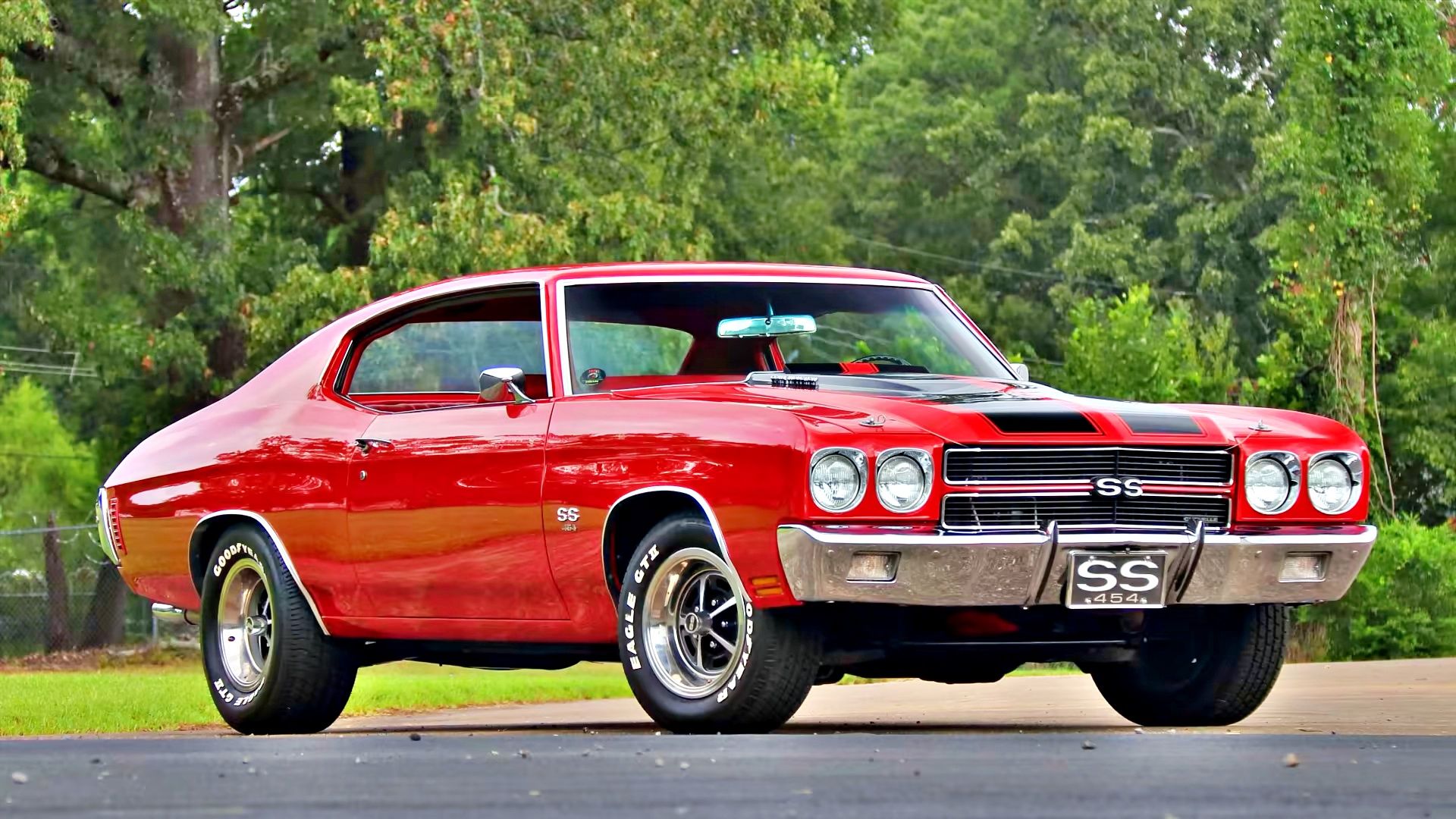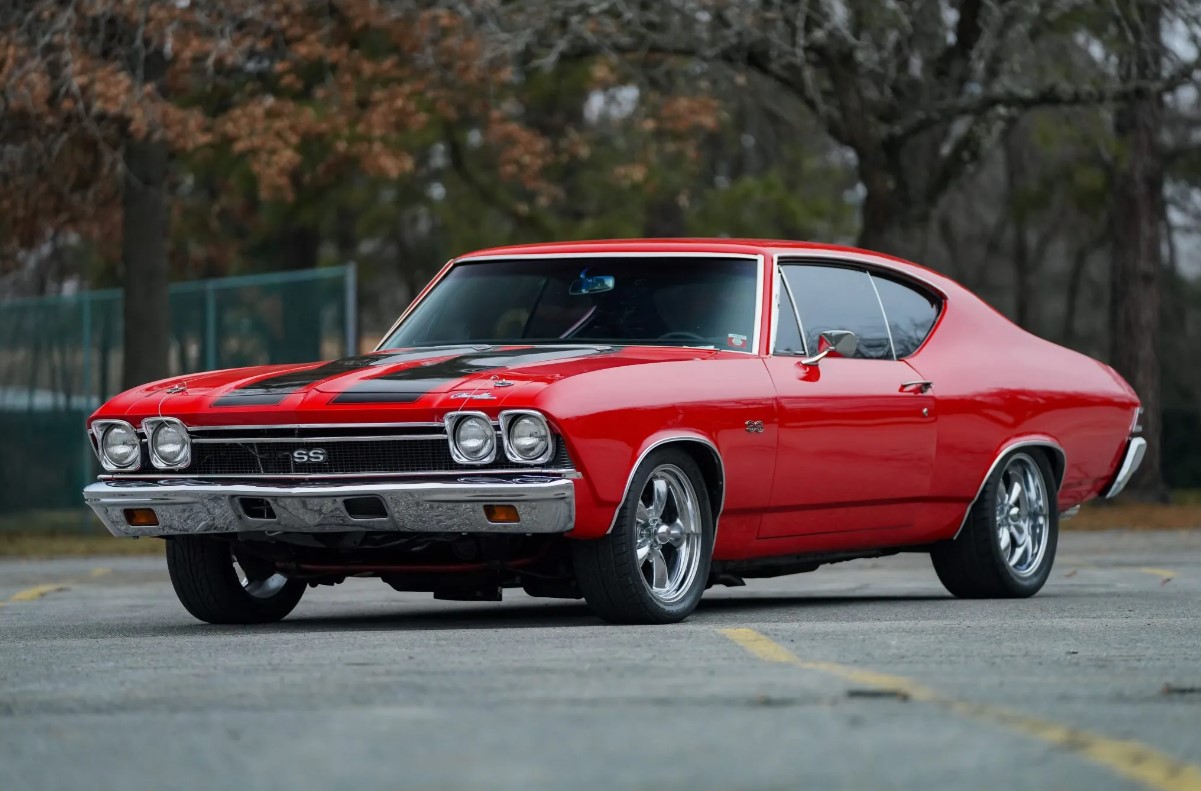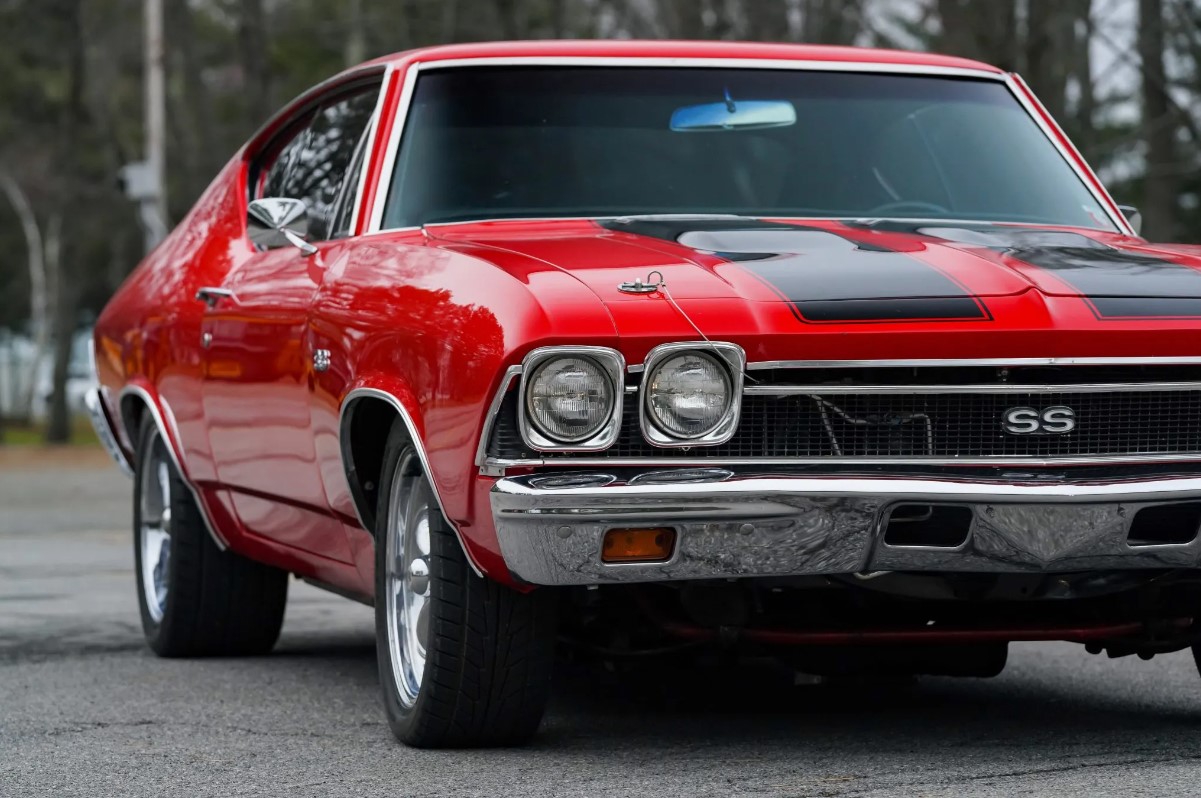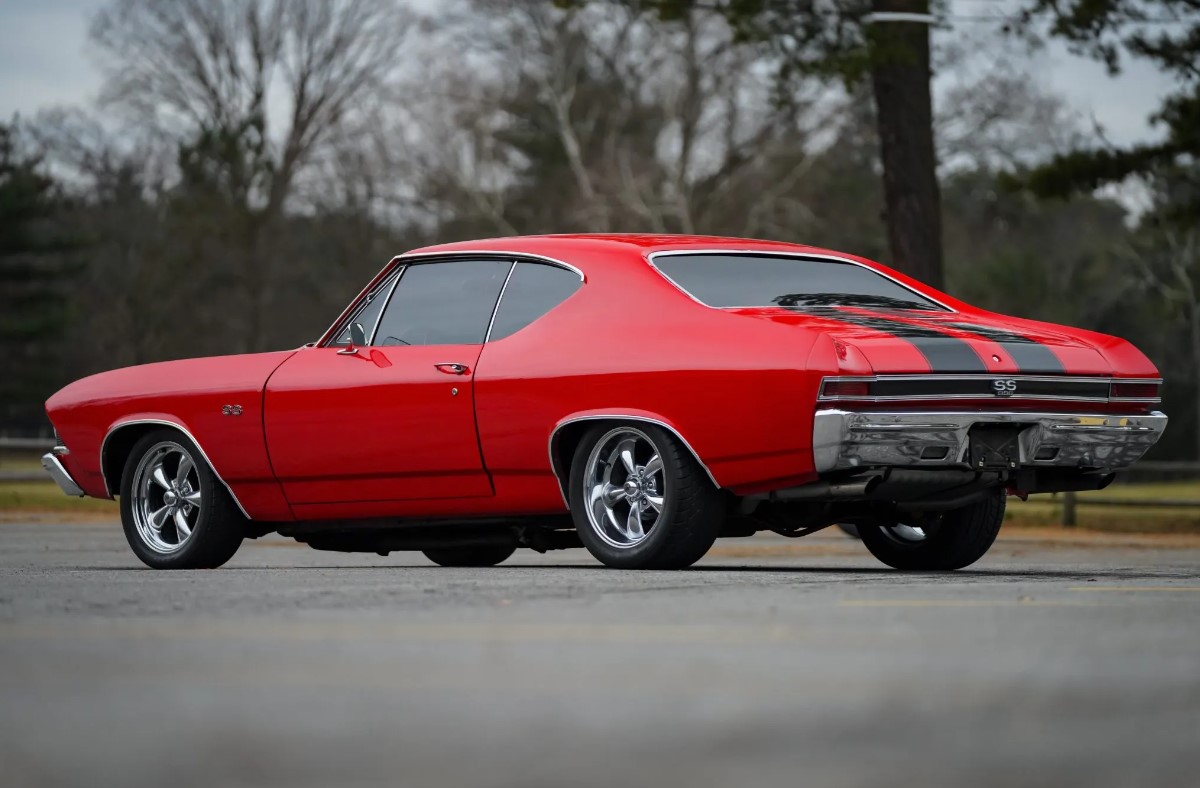A Legacy Of Power And Style: Exploring The Chevrolet Chevelle Across The Decades
A Legacy of Power and Style: Exploring the Chevrolet Chevelle Across the Decades
A Legacy of Power and Style: Exploring the Chevrolet Chevelle Across the Decades
Introduction
With great pleasure, we will explore the intriguing topic related to A Legacy of Power and Style: Exploring the Chevrolet Chevelle Across the Decades. Let’s weave interesting information and offer fresh perspectives to the readers.
Table of Content
A Legacy of Power and Style: Exploring the Chevrolet Chevelle Across the Decades

The Chevrolet Chevelle, a name synonymous with American muscle and style, carved a unique niche in automotive history. From its humble beginnings in 1964 to its final bow in 1978, the Chevelle evolved through distinct generations, each reflecting the changing landscape of the automotive industry and the desires of American drivers.
1964-1967: The First Generation – Birth of an Icon
The Chevelle’s debut in 1964 marked a significant departure from Chevrolet’s previous offerings. Positioned between the compact Corvair and the full-size Bel Air, the Chevelle offered a compelling blend of size, performance, and affordability. The first generation, a sleek two-door hardtop coupe and a four-door sedan, came equipped with a range of six and eight-cylinder engines, including the potent 327 cubic inch V8. The Chevelle’s success was immediate, establishing itself as a strong contender in the burgeoning intermediate car market.
1968-1972: The Second Generation – Muscle Car Majesty
The second generation Chevelle, introduced in 1968, embraced the muscle car craze that swept the nation. The design, with its sharper lines and more aggressive stance, exuded power and confidence. This generation saw the introduction of the iconic SS (Super Sport) package, a performance-oriented option that elevated the Chevelle to legendary status. The SS, featuring a powerful 396 cubic inch V8 and a distinctive blacked-out grille, became a symbol of American muscle car prowess.
1973-1977: The Third Generation – Adapting to Change
The 1970s brought about significant changes in the automotive landscape. The energy crisis and stricter emissions regulations forced manufacturers to prioritize fuel efficiency over raw power. The third generation Chevelle, launched in 1973, reflected this shift. While the Chevelle retained its classic styling, it received smaller, more fuel-efficient engines and a more aerodynamic profile. The SS package was still available, but the emphasis shifted towards performance and handling rather than sheer horsepower.
1978: The Fourth Generation – A Final Farewell
The final iteration of the Chevelle, introduced in 1978, marked a departure from the muscle car heritage of its predecessors. The fourth generation Chevelle adopted a more conservative design, emphasizing practicality and fuel economy. The SS package was discontinued, and the Chevelle offered a range of six-cylinder and V8 engines, all designed for fuel efficiency. Despite the changes, the Chevelle continued to offer a comfortable and reliable driving experience.
Exploring the Chevelle’s Legacy: A Closer Look at Each Generation
First Generation (1964-1967)
FAQs:
- What engines were available in the first generation Chevelle? The first generation Chevelle offered a range of six and eight-cylinder engines, including the 194 cubic inch straight-six, the 283 cubic inch V8, and the powerful 327 cubic inch V8.
- What were the available body styles? The first generation Chevelle was available as a two-door hardtop coupe and a four-door sedan.
- What was the significance of the first generation Chevelle? The first generation Chevelle established the model as a successful contender in the intermediate car market, offering a blend of size, performance, and affordability.
Tips:
- For restoration, focus on original parts and specifications. The first generation Chevelle is highly sought after by collectors, and maintaining originality is crucial for its value.
- Explore the wide range of aftermarket parts available. The first generation Chevelle has a thriving aftermarket, offering numerous options for performance upgrades and customization.
- Join a Chevelle club or forum to connect with other enthusiasts. These communities provide valuable resources, support, and knowledge for Chevelle owners.
Second Generation (1968-1972)
FAQs:
- What was the most powerful engine available in the second generation Chevelle SS? The 396 cubic inch V8, producing over 375 horsepower, was the most powerful engine available in the SS package.
- What were the key features of the Chevelle SS? The Chevelle SS featured a distinctive blacked-out grille, unique badging, and performance-oriented suspension and brakes.
- What were the other notable body styles available? The second generation Chevelle was also available as a station wagon, convertible, and a four-door hardtop.
Tips:
- Focus on restoring or maintaining the original engine and drivetrain. The second generation Chevelle SS is highly sought after for its performance, and originality is key to its value.
- Consider a professional restoration if you are looking for a concours-quality vehicle. Restoring a Chevelle SS to original condition can be a complex and rewarding process.
- Explore the wide range of aftermarket parts available for performance upgrades. The second generation Chevelle SS has a thriving aftermarket, offering numerous options for enhancing performance and handling.
Third Generation (1973-1977)
FAQs:
- How did the third generation Chevelle adapt to the changing automotive landscape? The third generation Chevelle focused on fuel efficiency and practicality, offering smaller, more fuel-efficient engines and a more aerodynamic design.
- Was the SS package still available in the third generation? Yes, the SS package was still available, but it focused on performance and handling rather than sheer horsepower.
- What were the notable engine options available in the third generation? The third generation Chevelle offered a range of six-cylinder and V8 engines, including the 250 cubic inch six-cylinder and the 350 cubic inch V8.
Tips:
- Focus on restoring the original engine and drivetrain, if possible. The third generation Chevelle is still a popular choice for enthusiasts, and originality is appreciated.
- Consider a professional restoration if you are looking for a high-quality restoration. Restoring a third generation Chevelle to original condition can be a challenging but rewarding process.
- Explore the aftermarket for performance upgrades and restoration parts. The third generation Chevelle has a thriving aftermarket, offering numerous options for customization and restoration.
Fourth Generation (1978)
FAQs:
- What was the design philosophy behind the fourth generation Chevelle? The fourth generation Chevelle emphasized practicality and fuel economy, adopting a more conservative design and offering a range of fuel-efficient engines.
- Was the SS package available in the fourth generation? No, the SS package was discontinued in the fourth generation Chevelle.
- What were the notable engine options available in the fourth generation? The fourth generation Chevelle offered a range of six-cylinder and V8 engines, including the 231 cubic inch V6 and the 305 cubic inch V8.
Tips:
- Focus on maintaining the original engine and drivetrain, if possible. The fourth generation Chevelle is a less common find than its earlier counterparts, and originality is appreciated.
- Consider a professional restoration if you are looking for a high-quality restoration. Restoring a fourth generation Chevelle to original condition can be a challenging but rewarding process.
- Explore the aftermarket for restoration parts and performance upgrades. The fourth generation Chevelle has a thriving aftermarket, offering numerous options for customization and restoration.
Conclusion:
The Chevrolet Chevelle’s journey through the decades is a testament to its enduring appeal. From its early days as a stylish and affordable intermediate car to its transformation into a muscle car icon, the Chevelle captured the spirit of its time. Its legacy continues to inspire enthusiasts today, who appreciate its performance, style, and historical significance. Whether it’s the classic lines of a first generation Chevelle, the raw power of a second generation SS, or the practicality of a fourth generation model, the Chevelle remains a beloved and enduring symbol of American automotive history.








Closure
Thus, we hope this article has provided valuable insights into A Legacy of Power and Style: Exploring the Chevrolet Chevelle Across the Decades. We appreciate your attention to our article. See you in our next article!